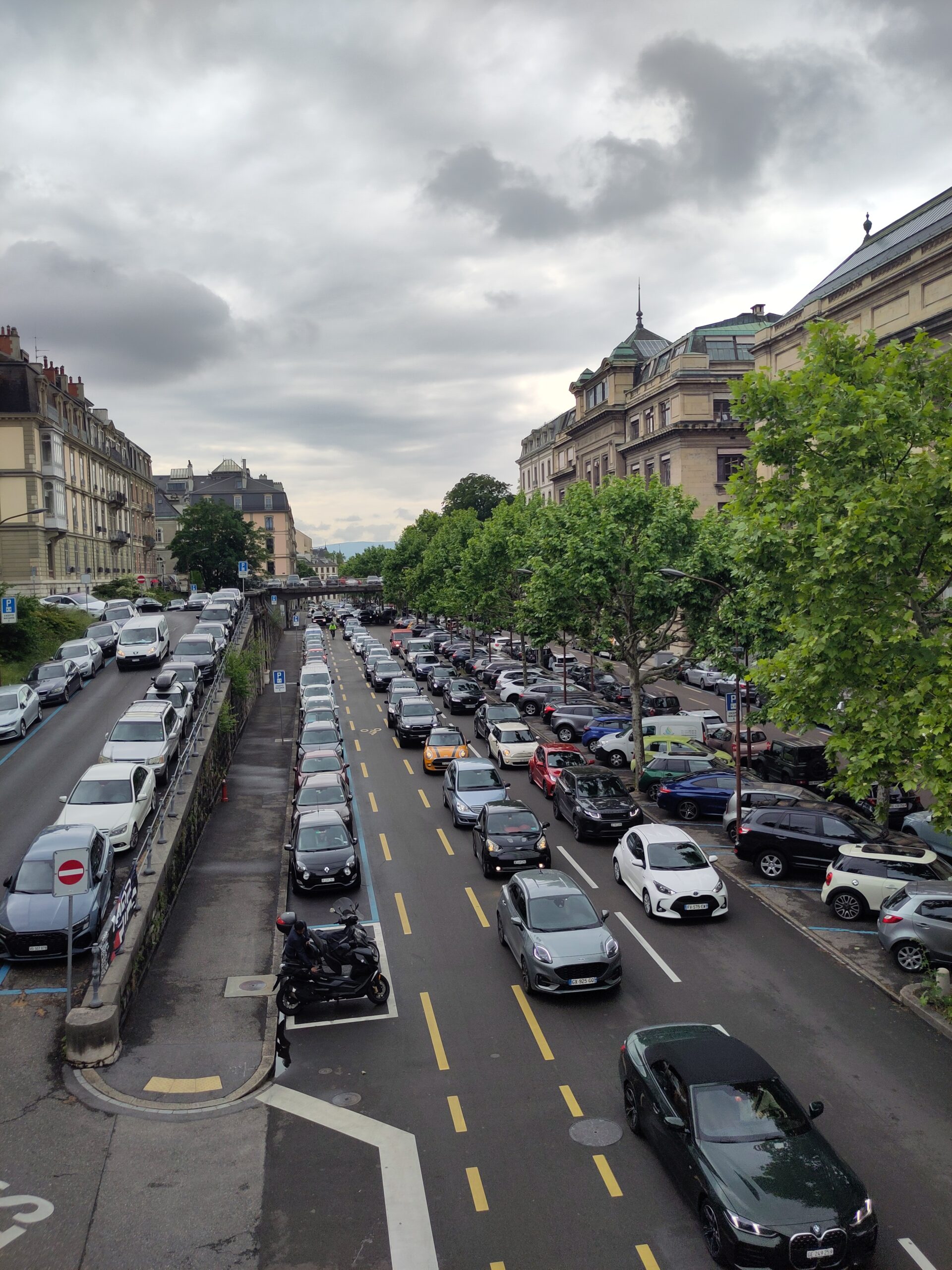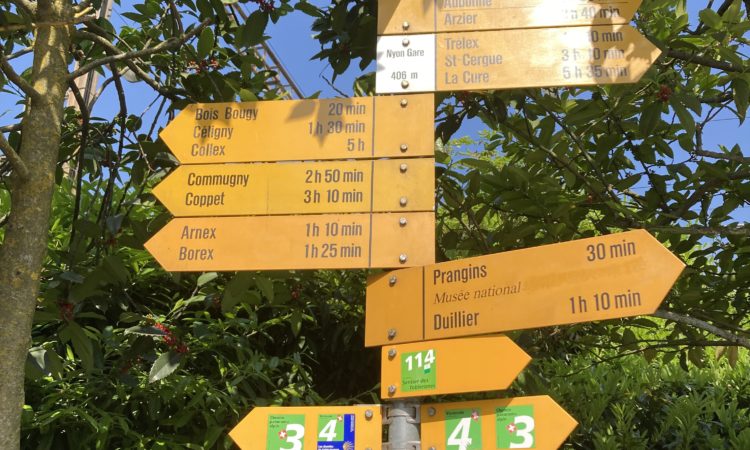Tag: commuting
-

The Absurdity of Commuting by Car
Reading Time: 2 minutesYesterday I drove to an event in Geneva and I parked at the P&R étoile. I went by car for a simple reason. I wanted the trip home to be fast and efficient. It worked. What wasn’t fast and efficient was the drive into Geneva. I left with at least one and…
-

Cycling from Nyon To Geneva and Back
Reading Time: 2 minutesCatching the train to Geneva and back to Nyon costs about 14CHF per day, depending on whether you have paid 180 CHF for the half fare or not. In contrast two Continent GP 5000 tires cost about 110CHF and you can go to Geneva and back a few hundred times. The loop…
-
Three Lanes Are Better Than Two
Reading Time: 2 minutesThree lanes are always better than two but environmentalists are against expanding from two lanes to three lanes because they say that having three lanes will promote the use of the car. I believe that this is a flawed argument. The A1 motorway between Geneva and Lausanne is often congested because when…
-
On the Potential of Self-Driving Cars
Reading Time: 3 minutesWhen people write about self-driving cars they write from the perspective of people living in cities. I live in the Swiss countryside at the foot of the Jura which results in me seeing the potential of self-driving cars differently. For a start at the moment buses operate from 5 in the morning to…